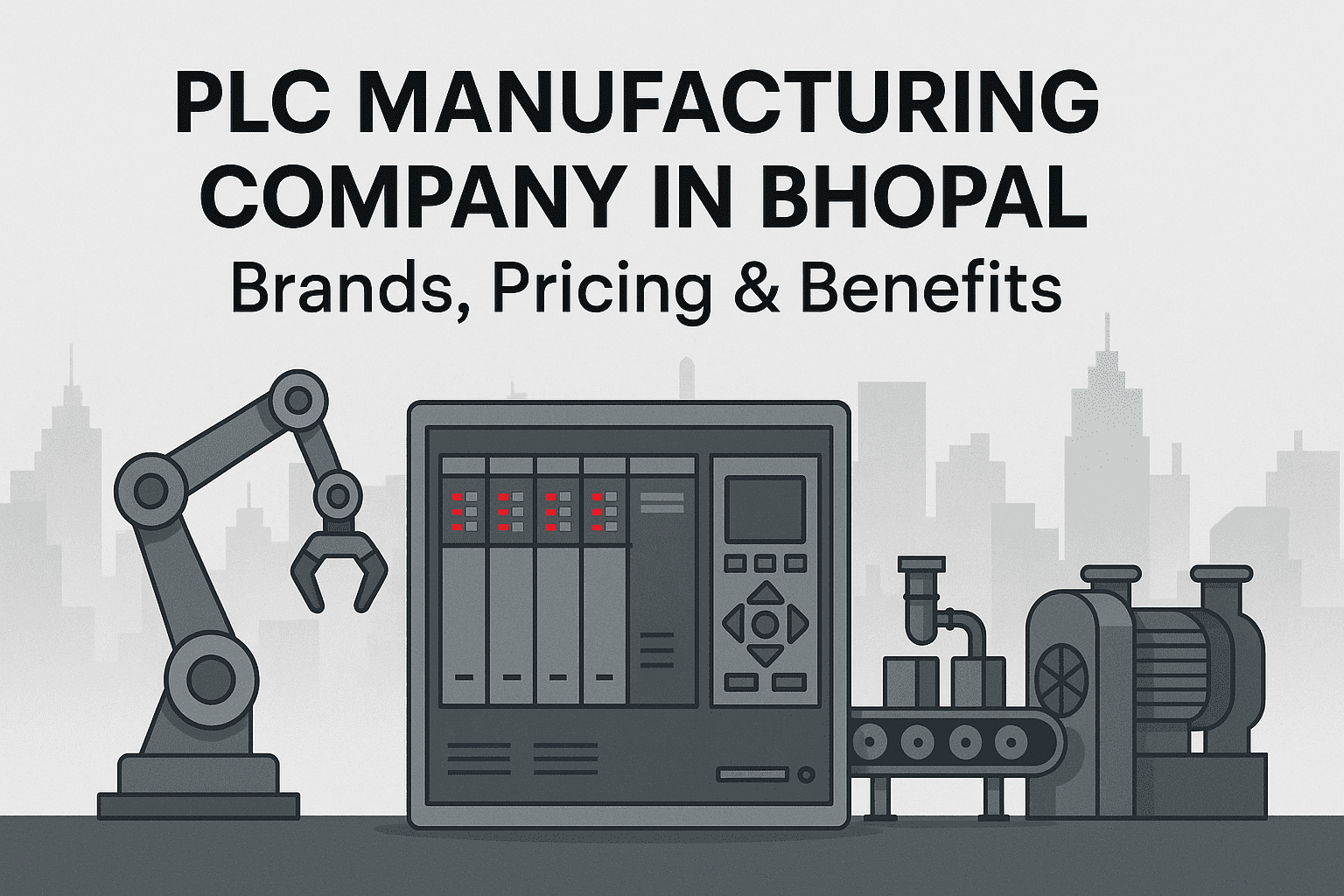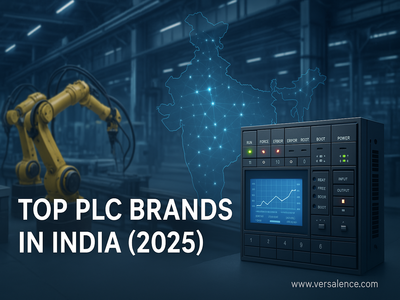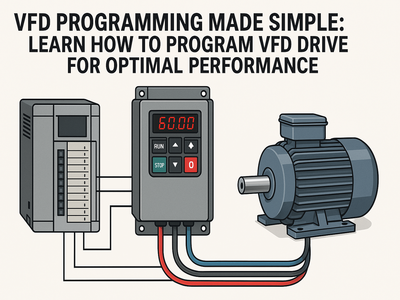As industries continue to adopt automation and digital transformation, the way humans interact with machines is evolving. Human-Machine Interfaces (HMI) have traditionally been used to control industrial processes, but with the rise of IoT (Internet of Things) integration, HMI systems are becoming more intelligent, responsive, and connected.
Next-gen HMI with IoT enables real-time data exchange, remote monitoring, and AI-driven decision-making, making industrial processes more efficient and user-friendly. With touchscreens, voice commands, gesture recognition, and augmented reality (AR), operators can now interact with machines in a seamless and intuitive way.
In this blog, we’ll explore how IoT is revolutionizing HMI, its key benefits, and how industries can leverage smart HMI systems to improve productivity and operational efficiency.
1. Understanding Next-Gen HMI and IoT Integration
Human-Machine Interfaces (HMI) are devices or software that enable humans to interact with machines, often through touchscreens, control panels, or graphical interfaces. Traditional HMI systems have been static, localized, and limited in functionality.
With IoT integration, HMI systems now have:
- Real-time connectivity to industrial IoT sensors
- Cloud-based remote access for monitoring and control
- AI-driven automation for intelligent decision-making
- Augmented Reality (AR) and Voice Control for hands-free operations
This transformation allows operators to access critical machine data, predict failures, and optimize workflows, all from a centralized platform.
2. How IoT is Enhancing HMI Systems
Real-Time Data Collection and Monitoring
IoT sensors collect real-time data from industrial machines, allowing operators to:
- Monitor system performance and detect anomalies instantly
- Receive automated alerts for predictive maintenance
- Optimize energy consumption based on real-time demand
For example, a manufacturing plant can use IoT-powered HMI dashboards to track temperature, pressure, and machine efficiency, preventing equipment failure before it occurs.
Remote Access and Control
Traditional HMI systems required physical presence to operate machinery. With IoT-enabled cloud-based HMIs, industries can:
- Control machines remotely from smartphones or tablets
- Reduce downtime by allowing off-site troubleshooting
- Enable predictive diagnostics for faster issue resolution
For example, in oil and gas industries, engineers can monitor pipeline pressure remotely and adjust controls from anywhere in the world.
AI-Driven Smart Automation
With machine learning and AI integration, HMI systems can now:
- Automatically adjust machine settings for optimal performance
- Predict failures and suggest corrective actions
- Provide insights for process improvement based on real-time analytics
For example, smart factories use AI-driven HMIs to analyze production trends and suggest efficiency improvements, minimizing waste and maximizing output.
Augmented Reality (AR) and Gesture Control
Next-gen HMIs are adopting AR and gesture-based controls to make operations more intuitive. With AR-powered wearable devices or smart glasses, technicians can:
- View real-time machine diagnostics overlaid on physical equipment
- Follow step-by-step repair instructions without referring to manuals
- Train new workers more efficiently with interactive guides
This technology is already being used in aerospace, automotive, and heavy machinery industries, where complex maintenance tasks require high precision.
Voice-Controlled HMIs
Voice commands are making HMIs more accessible and efficient. Operators can:
- Control machines hands-free, improving safety in hazardous environments
- Retrieve critical machine data instantly with voice queries
- Reduce response time by issuing commands without navigating touchscreens
For example, in chemical plants, workers can adjust reactor temperatures or initiate shutdowns using voice commands, improving reaction time in emergency situations.
3. Key Benefits of Next-Gen HMI with IoT
1. Improved Operational Efficiency
IoT-connected HMI systems streamline operations by automating repetitive tasks, optimizing workflows, and minimizing downtime.
2. Enhanced Safety and Accessibility
With remote monitoring, voice control, and AR-based troubleshooting, industries can improve worker safety and reduce human errors.
3. Reduced Maintenance Costs
Predictive maintenance powered by IoT and AI helps identify potential failures early, reducing unexpected breakdowns and repair costs.
4. Scalability and Flexibility
Cloud-based HMI systems allow industries to scale operations effortlessly, adapting to changing production demands without requiring expensive hardware upgrades.
5. Seamless Integration with Existing Systems
Modern HMIs are designed to integrate with existing PLCs, SCADA systems, and industrial networks, enabling smooth transition without disrupting current operations.
4. Industries Adopting Next-Gen HMI with IoT
1. Manufacturing
Factories are using IoT-enabled HMIs to monitor production lines, reduce waste, and automate quality control.
2. Energy and Utilities
Power plants leverage remote monitoring systems to optimize energy usage and reduce operational risks.
3. Healthcare and Medical Equipment
Hospitals are integrating smart HMIs for automated patient monitoring and real-time diagnostics.
4. Automotive and Aerospace
HMI dashboards in autonomous vehicles and aircraft provide real-time feedback and adaptive control systems.
5. Logistics and Smart Warehouses
IoT-driven HMIs are used in automated warehouses to track inventory, optimize supply chain logistics, and improve efficiency.
5. The Future of IoT-Integrated HMI Systems
With advancements in 5G connectivity, AI-driven automation, and Digital Twins, HMI systems will become:
- More interactive and adaptive to human behavior
- Capable of self-learning and autonomous decision-making
- Fully integrated with AI-powered robotics for enhanced efficiency
Industries adopting smart HMI solutions will stay ahead in the digital transformation race, reducing costs and increasing productivity in the coming years.
Final Thoughts
Next-gen Human-Machine Interfaces (HMI) with IoT integration are revolutionizing industrial operations by enabling real-time monitoring, remote control, AI-driven automation, and AR-powered interfaces. As industries move toward smart manufacturing and Industry 4.0, IoT-powered HMIs will be at the core of future automation.
At Aknitech Automation, we provide cutting-edge HMI solutions integrated with IoT for enhanced productivity and seamless machine interactions.
Looking to upgrade your industrial HMI systems? Contact us today to explore next-gen automation solutions.







